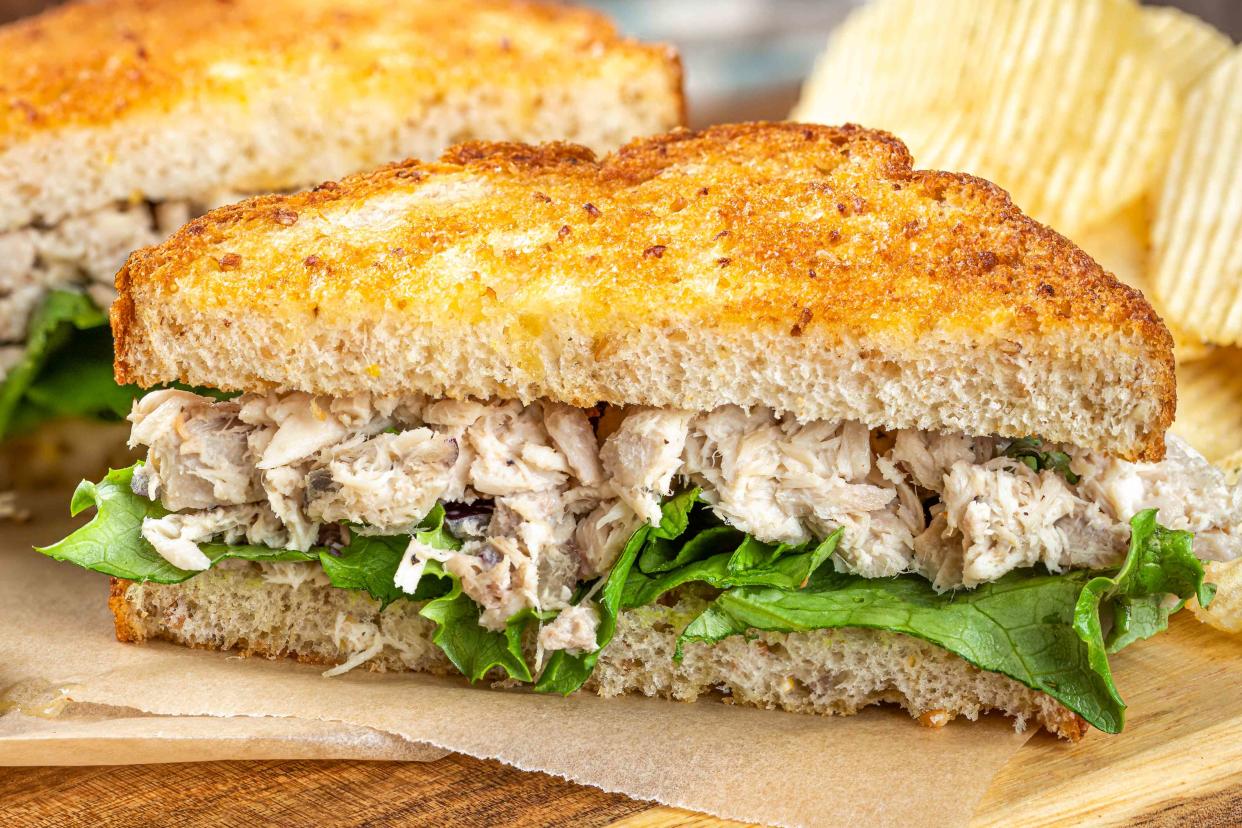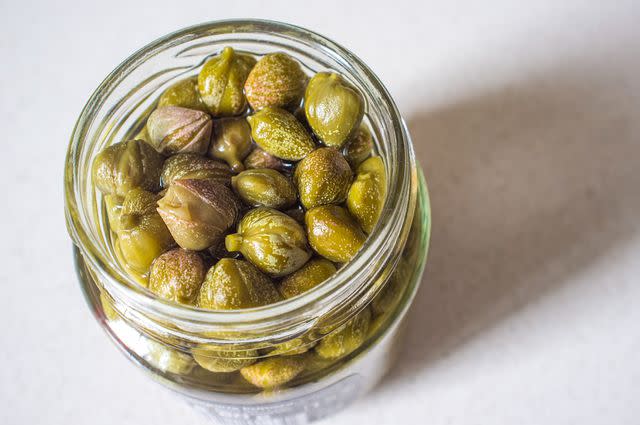My 1-Ingredient Upgrade for Better Tuna Salad (It's Already in Your Fridge)
It adds pops of flavor, salt, and texture.

Simply Recipes / Getty Images
Growing up, I’ll admit, I was tuna-salad-averse. The tuna salad of my childhood was heavy on the mayo, full of unexpected chunks of celery, and light on salt. As an adult, however (with a seemingly endless need to incorporate protein into my diet), I found myself returning to that once-feared, now-beloved canned fish.
As it turns out, I never actually disliked tuna salad; I had just been eating the bad kind my entire life. While occasionally returning to a mayo version, I have now adopted the Italian iteration as my mainstay. This kind replaces mayo with olive oil and adds olives, tons of celery (finely chopped), extra Dijon mustard, and white wine vinegar.
No matter what kind of tuna salad I’m making, there’s one single ingredient that upgrades the entire dish, regardless of whatever else I throw into the bowl: capers.
Read More: Yellowfin vs. Albacore Tuna: StarKist Explains the Difference
My 1-Ingredient Tuna Salad Upgrade
While I have used large, brined, and salt-cured capers, I prefer the small brined ones, as they allow me to better control the salt level—you can always add salt but it’s not as easy to make something less salty! The capers not only provide a pop of salinity, but they also contribute an almost pickled element—a briny punch of freshness that pairs perfectly with the fattiness of the fish and oil.

Simply Recipes / Getty Images
How I Make My Tuna Salad
Whether I am making an olive oil- or a mayo-based tuna salad, I always incorporate a few essential ingredients: shallots, celery, lemon pepper, mustard, and, of course, capers.
After mincing three-quarters of a medium shallot and cubing half a stalk of celery, I chop a tablespoon or so of capers and toss it all in a bowl. Then, I remove the chunks of tuna from the can with a fork (I prefer tuna in oil to tuna in water), being careful not to over-mash the fish, and season the salad with Dijon mustard, lemon pepper, mayo or olive oil, and lemon juice.
When I stir the salad, I almost fold it to preserve the large chunks of tuna while ensuring all the flavors are incorporated. Finally, I taste to see if any salt is needed (it rarely is, thanks to the capers).
Once you’ve mixed your tuna salad, either serve it as a sandwich filling, a scoop on top of a green salad, or, as I often do, as a dip for large crackers.
Read the original article on Simply Recipes.









